Wiki
Clone wikiIlluminatedCloud / User_Guide / Create_Project_Files
[Home]
Creating a Project from Existing Source Files
Illuminated Cloud makes it easy for you to create a project from files already in your local filesystem. These files may have be placed there by the Force Migration Tool or Salesforce CLI, checked out from version control outside of the IDE, etc.
If you have existing directory structures that contain Salesforce metadata files, follow the process described below to create Illuminated Cloud projects for them.
-
Select File > New > Project from Existing Sources.
NOTE: In WebStorm and other lightweight IDEs, the menu option is slightly different. Select File > Open to locate the source files. The intermediate wizard steps will also not be shown in these lightweight IDEs.
-
Select the root directory that you want to import into Illuminated Cloud and click OK.
-
If prompted on the next step, choose Create project from existing sources instead of Import project from external model and click Next to proceed.
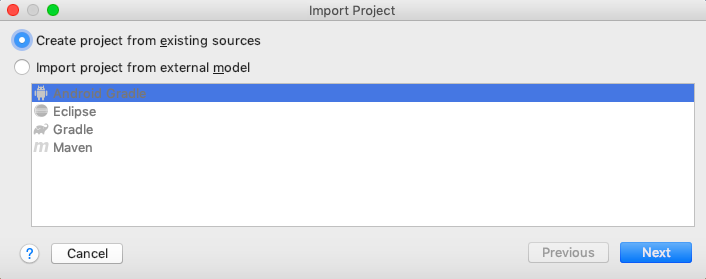
-
Provide a value for each of the following fields or accept the default value derived from the project directory you previously selected:

-
Project name — Specify a name for the project.
-
Project location — Specify the project location in the filesystem. The default will be the directory that was selected for import.
-
Project format — Specify the project format. The
.ideadirectory-based format is strongly recommended.
-
-
Click Next to proceed.
Illuminated Cloud detects whether the imported directory structure contains metadata for a standard Salesforce project (metadata format) or a Salesforce DX project (source format) and determines candidate source root directories accordingly:
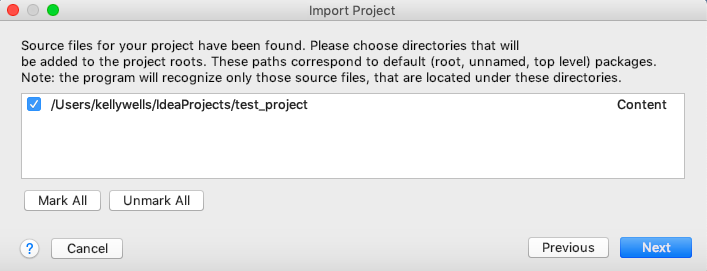
The project's content roots and source roots can be configured at any time after project creation.
-
Click Next.
If any frameworks are detected for the project, they are listed.
-
Click Finish to import the project.
You'll be prompted to open the project in a new window or the existing window. Choose your preferred option to display the project in the window.
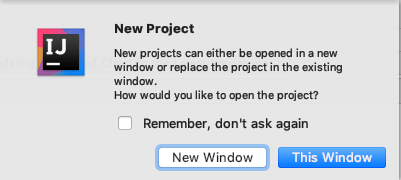
NOTE: You may also be prompted to confirm that you want to convert the project for use in the IDE. Click OK to allow Illuminated Cloud to convert the project for its use.
You may see a notification in the bottom-right corner of the IDE window stating Invalid configuration for module '<moduleName>':

If so, expand the notification and click the Resolve link. Illuminated Cloud will then proceed to resolve the configuration issues, prompting you as needed. For example:
-
If you're notified that modules must be associated with a connection or development package, click OK to proceed. Choose a connection for the project and click OK.
-
If there wasn't one already associated with the project, Illuminated Cloud will generate an offline symbol table for the connection. An offline symbol table is required by Illuminated Cloud for code completion, offline API documentation, etc., for Salesforce system Apex classes and SObjects, accessible Apex classes from installed managed packages, and custom SObjects. Click OK to proceed.
-
You'll be prompted to reload the project after rebuilding the cache and indices.
Yesis the default selection, and is recommended.
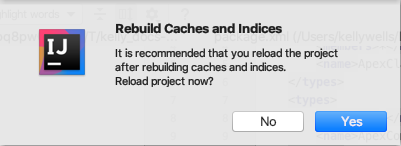
You can expand External Libraries > Illuminated Cloud > OfflineSymbolTable.zip to view the contents of the generated offline symbol table. For more information, see Generating an Offline Symbol Table.
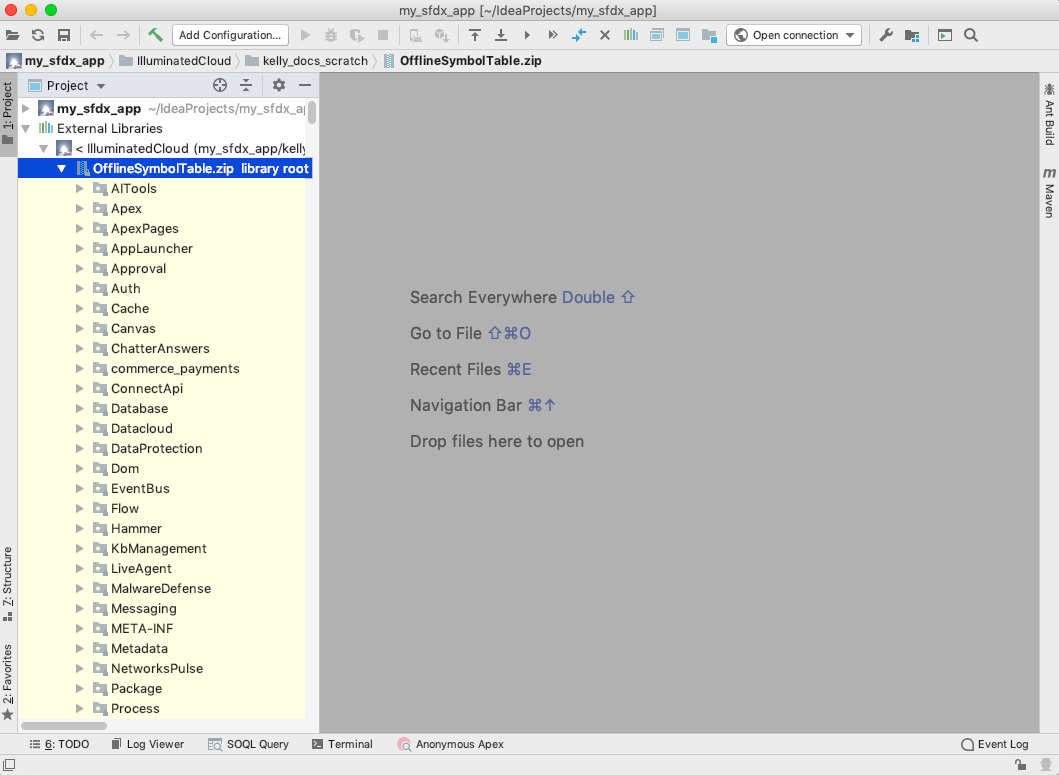
Illuminated Cloud now knows about all system identifiers, classes, methods, and fields — essential for taking advantage of features such as intelligent code completion, offline system API documentation, etc. You can now begin working with your project metadata.
[Home]
Updated